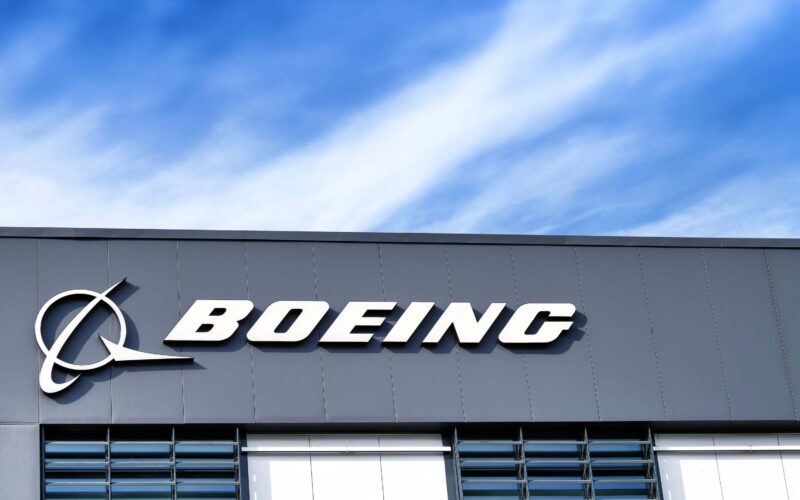Boeing forecasts that air carriers in Southeast Asia will probably need 4,400 new aircraft to support the expanding demand for air travel over the next 20 years.
The American plane manufacturer counted that the Southeast Asia market will become the fifth largest aviation market by 2039 and will need up to 4,400 new jets valued at $700 billion. According to Boeing‘s 2020 Commercial Market Outlook (CMO), the passenger traffic in the Southeast Asia region will grow by 5.7% annually throughout the forecasted 20-year period, meaning that the region will become the second-largest aviation market in the Asia-Pacific region after China.
Boeing projects that the commercial airplane fleet in the region will grow by 5.3% by 2039. Furthermore, the plane manufacturer estimates that airlines will need more than 3,500 new single-aisle airplanes in the region, where low-cost-carriers will have the highest market penetration globally.
As for twin-aisle aircraft, nearly one in four twin-aisle airplanes delivered to the broader Asia-Pacific region will go to a carrier operating in Southeast Asia over the next 20 years. Boeing forecasts that Southeast Asia’s twin-aisle fleet will grow by 55% to a total of 780 new widebodies by 2039.
“Southeast Asia’s fundamental growth drivers remain robust. With an expanding middle-class and growth in private consumption, the region’s economy has grown by nearly 70% over the last decade, which increases the propensity to travel,” Darren Hulst, the Vice President of Commercial Marketing at Boeing, was quoted in the statement.
“In addition, governments in the region continue to recognize the travel and tourism sectors as important drivers of economic growth,” Hulst added.
Boeing counts that the region’s commercial aviation services growth will remain promising in the long term. Southeast Asia commercial services are valued at $790 billion over the next 20 years, driven largely by growth in freighter conversions and digital solutions and analytics.
The region is expected to require 183,000 additional commercial pilots, cabin crew members, and aviation technicians over the forecast period, the plane manufacturer announced.
Globally, Boeing projects the need for 43,110 new commercial airplanes and the demand for aftermarket services to be equivalent to $9 trillion over the next two decades.

